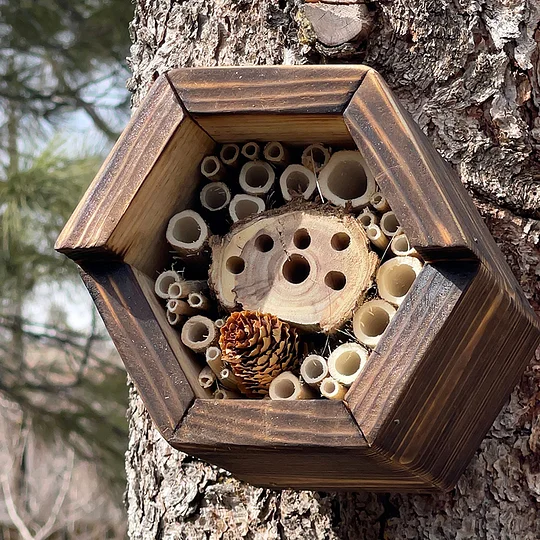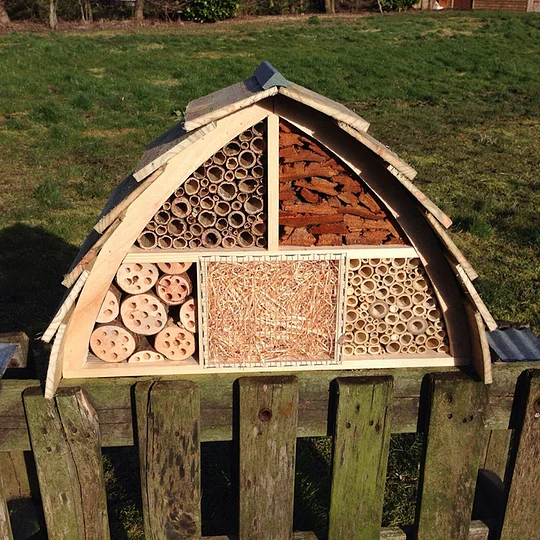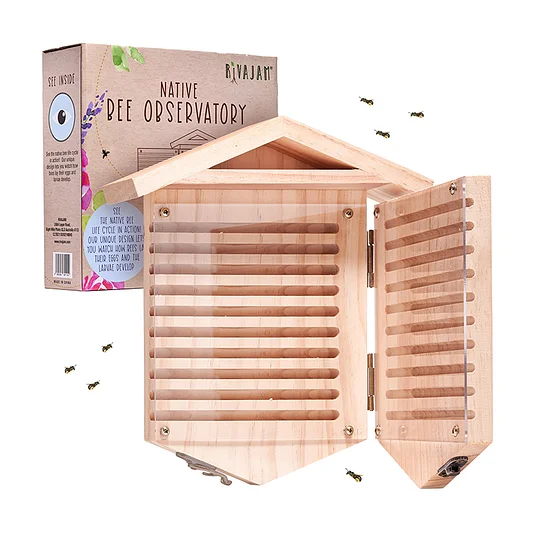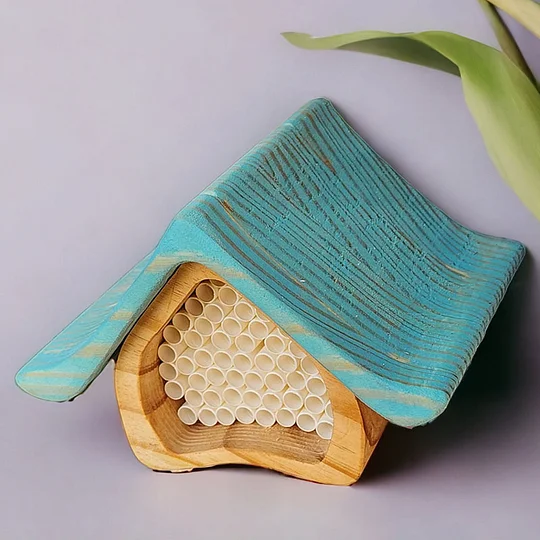Recently, the importance of these pollinators to our ecosystem has become ever clear. As agents of pollination, they play a crucial role in maintaining biodiversity and encouraging the growth of crops, produce, and plants. With Custom Bee House of honeybee populations around the planet, many people are acting to create safe havens for these vital insects. A bespoke bee house can provide bees with a unique and customized habitat that meets their individual needs, making it an interesting project for those interested in plant care or ecological preservation.
Designing your own bee house not only aids the well-being of local ecosystems but also gives you to express your unique touch. Whether you like a rustic look, a modern design, or an unusual creation, a custom bee house can be the perfect addition to your garden. This practical project is not only informative but also a wonderful way to attract pollinators to your garden, ensuring that it flourishes while fostering the essential work of bees.
Selecting the Appropriate Components
In the process of making a custom bee house, choosing the right materials is essential for ensuring the safety and longevity of the habitat. Carpenter Bee House as untreated wood, and hollow stems are excellent choices. These components provide a safe environment for bees while providing for sufficient ventilation. Avoid using treated https://www.carpenterbeehouse.com/collections/carpenter-bee-holes , as chemicals can be detrimental to these bees.
Another important factor is durability. Weatherproof materials can help guard the bee house from the weather. https://www.carpenterbeehouse.com/ and cedar are popular options due to their inherent resistance to dampness and decay. Additionally, adding a waterproof can improve the structure's durability. By choosing materials that can endure different elements, you can create a thriving environment for bees.
Finally, sustainability is an important element to think about when picking materials for your bee house. Obtaining locally and using reclaimed wood or natural fibers can lessen your impact on the environment. By focusing on sustainable materials, you not only support environmental health but also create a refuge that aligns with the holistic needs of the bee population. Selecting the right materials is key to building a successful custom bee house.
Suggestions for The Bee House
Building a distinct bee house commences with selecting the right materials. Raw wood is a common choice due to its durability and tendency to blend into the environment. Think about using natural cedar or pine, as these woods merely resist decay but also provide a protected space for bees. You can elevate the design by adding different textures and colors, decorating the exterior or incorporating decorative elements like sculpted flora or shapes to attract attention.

The configuration of your bee house is vital for utility. Design multiple sections of varying sizes to house different bee species. Including small tubes or holes of various diameters will invite solitary bees such as Mason bees and leafcutter bees. Ponder adding a sloped roof to shelter the entrance from rain, and make sure good ventilation to maintain a healthy environment inside. A detachable back panel for easy cleaning can additionally be an great feature to enhance bee health.
To make your bee house a real focal point in your garden, think about integrating it with additional features. Encircle the house with indigenous flora that bloom at different times to provide bees with a continuous source of nectar and pollen. Additionally, locating the bee house near a watering point, such as a low container with pebbles, can inspire bees to visit. Customizing the structure with your preferred colors or by adding organic accents like twigs and stones can further create a unique and inviting space for our flying pals.

Maintaining Your Bee House

To make sure your custom bee house remains a flourishing environment for pollinators, regular maintenance is essential. Commence by inspecting the structure at least once a month, looking for signs of wear, damage, or pests. Search for any debris or old combs that should be cleared away to promote a thriving hive. Keeping the bee house clean will minimize the risk of diseases and provide a welcoming space for bees to thrive.
Weather can also take a toll on your bee house, so it’s important to protect it from inclement weather. If you live in a region with harsh winters or significant rainfall, consider adding more insulation or a weatherproof covering to shield the structure. Keep a stable temperature inside the house and make sure proper ventilation to help your bees control moisture levels, which is crucial for their health.
In conclusion, support the local bee population by growing a variety of flowering plants close by. This not only supplies a reliable food source for the bees but also attracts them to your habitat. Choose native flowers that flower throughout various seasons to provide for a continuous supply of nectar and pollen. By forming a healthy ecosystem around your custom bee house, you promote biodiversity and offer a nurturing environment for these crucial pollinators.

